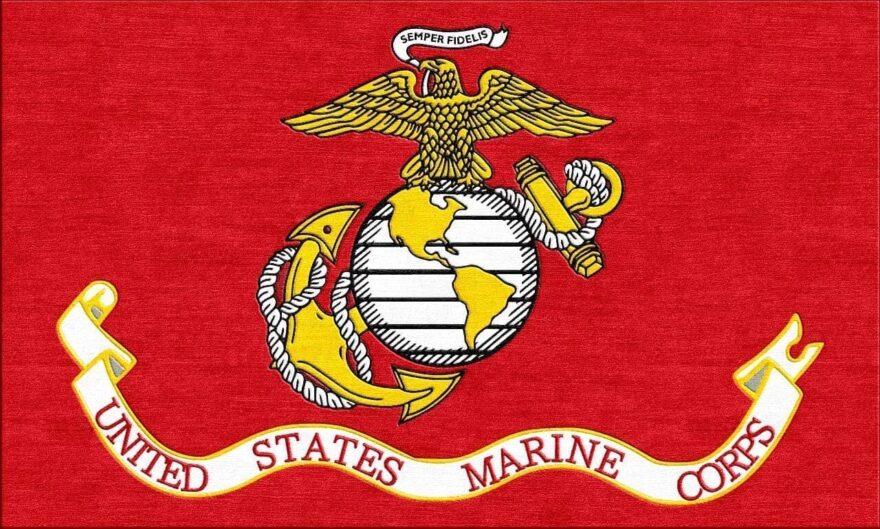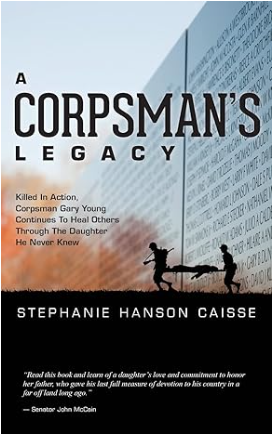Three days after that (the flag raising), the war was over for Easy Company.
Easy’s original total force on Iwo Jima was 310 young men, including replacements. On March 26, Captain Severance led his 50 survivors on a tour of the newly dedicated 5th Division cemetery. And then they traveled by a small boat to the transport, the Winged Arrow, for the trip back home. They had to climb a cargo net to get aboard. Many were so weak that they had to be pulled over the rail by sailors.
When I asked Severance, many years later, exactly how it finally ended, he thought for a moment and then replied: “We had all the real estate.”
Severance was the only one of six Easy Company ofhcers to walk off the island. Of his 3rd Platoon, the one that first scaled Suribachi, only Harold Keller, Jim Michaels, Phil Ward, and Grady Dyce came through the battle untouched. Easy Company had suffered eighty-four percent casualties.
Of the eighteen triumphant boys in ]oe Rosenthal’s “gung-ho” (1st) flag raising photograph, fourteen were casualties.
The hard statistics show the sacrifice made by Colonel Johnson’s 2nd Battalion: 1,400 boys landed on D-Day; 288 replacements were provided as the battle went on, a total of 1,688. Of these, 1,511 had been killed or wounded. Only 177 walked off the island. And of the final 177, 91 had been wounded at least once and returned to battle.
It had taken twenty-two crowded transports to bring the 5th Division to the island. The survivors fit comfortably onto eight departing ships. The American boys had killed about 21,000 Japanese, but suffered more than 26,000 casualties doing so. This would be the only battle in the Pacific where the invaders suffered higher casualties than the defenders. The Marines fought in World War II for forty-three months. Yet in one month on Iwo ]ima, one third of their total deaths occurred. They left behind the Pacific’s largest cemeteries: nearly 6,800 graves in all; mounds with their crosses and stars. Thousands of families would not have the solace of a body to bid farewell: just the abstract information that the Marine had “died in the performance of his duty” and was buried in a plot, aligned in a row with numbers on his grave. Mike lay in Plot 3, Row 5, Grave 694; Harlon in Plot 4, Row 6, Grave 912; Franklin in Plot 8, Row 7, Grave 2189.
When I think of Mike, Harlon, and Franklin there, I think of the message someone had chiseled outside the cemetery:
When you go home
Tell them for us and say
For your tomorrow
We gave our today

 Our legacy lives through the stories we tell. The Suck Life wants yours! Make Chesty proud!
Our legacy lives through the stories we tell. The Suck Life wants yours! Make Chesty proud!



 Semper Fidelis
Semper Fidelis

